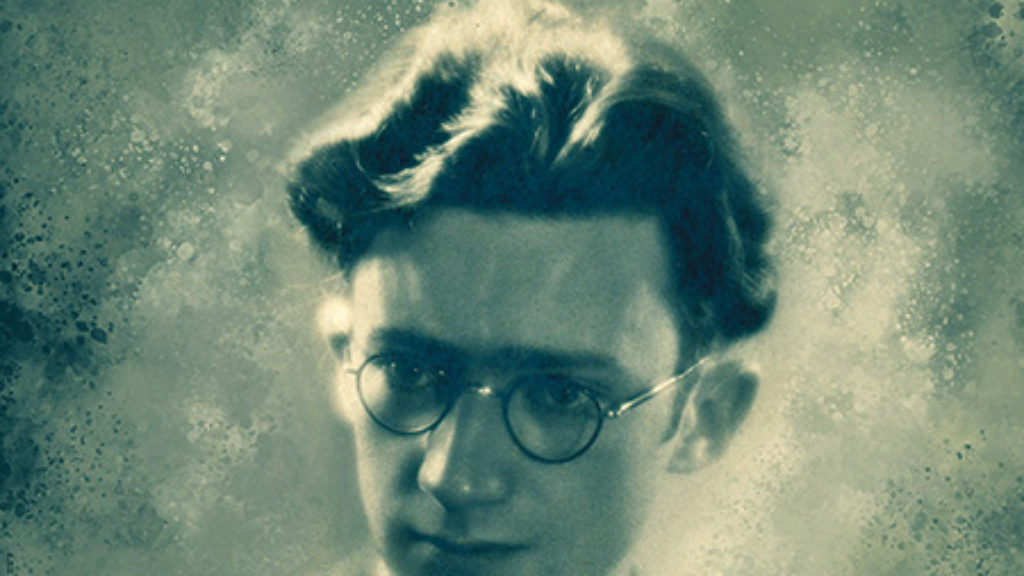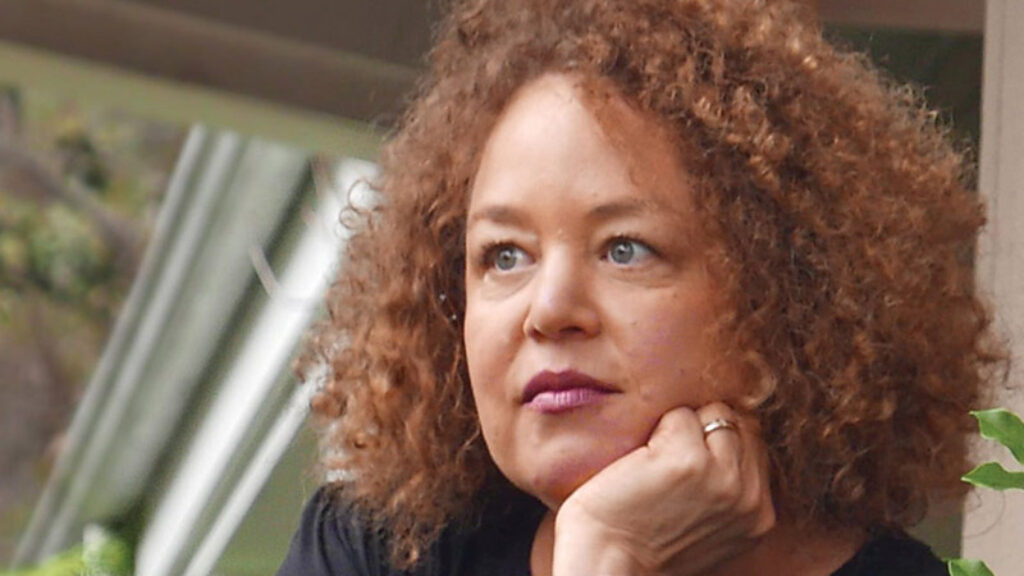The Jewish Preview of Books—September 2018
At the Jewish Review of Books we receive 40–50 books each week. Here are some coming out this September that we’re looking forward to reading.
If you appreciated Yossi Klein Halevi’s Like Dreamers (Harper, 2013) or our review of Micah Goodman’s Milkud 67 (Kinneret Zmora-Bitan Dvir, 2017), look for the English translation of the latter, coming out this month under the title Catch-67: The Left, the Right, and the Legacy of the Six-Day War (Yale). This slim volume reckons with the complex political legacies of 1967. We are also looking forward to Michal Ronnen Safdie’s Under My Window (powerHouse Books), a collection of photos taken from the author’s Old City of Jerusalem home overlooking the Western Wall, the Muslim Quarter, and the Christian Quarter. The images show public and private encounters of all kinds that happen every day in Jerusalem’s sacred center.
From JTS professor Eitan Fishbane, we can anticipate The Art of Mystical Narrative: A Poetics of the Zohar (Oxford), which promises a close literary reading of the foremost text of Jewish mysticism. You can also look forward to Fishbane’s deep-dive review of Daniel Matt’s The Zohar: Pritzker Edition (Stanford), the two-decades-long project that resulted in the recently completed 12-volume, 7,792-page translation of “the book of radiance”—forthcoming in our fall issue.
New books come out all the time in Jewish history, but this month we also look forward to two that reconsider Jewish historical writing in its own right. Jewish Historiography between Past and Future (De Gruyter) contains essays that collectively take stock of two hundred years of Jewish studies, a discipline that began with then 23-year-old Leopold Zunz’s 1818 publication of an essay entitled “On Rabbinic Literature.” (If you haven’t read it already, we recommend Ismar Schorsch’s biography of Zunz; see Michah Gottlieb’s review.) The Routledge Companion to Jewish History and Historiography, also due out this month, takes just 666 pages to present an overview of all of Jewish history alongside essays that discuss various aspects of Jewish historiography. We also couldn’t help noticing that this is not the first comprehensive history of Judaism published this year using a beautiful image of the flameless menorah from the Cervera Bible on its cover. The first is Oxford professor Martin Goodman’s A History of Judaism (Princeton).
An exciting new crop of academic books coming out this month includes Villanova law professor Chaim Saiman’s Halakhah: The Rabbinic Idea of Law (Princeton), a book that argues that halakha, which we typically translate as “Jewish law,” is really far more capacious than that, encompassing philosophy, ethics, political theory, and literature. Daniel Pioske’s Memory in a Time of Prose: Studies in Epistemology, Hebrew Scribalism, and the Biblical Past (Oxford) asks what biblical writers knew about their past. T. M. Rudavsky’s Jewish Philosophy in the Middle Ages: Science, Rationalism, and Religion (Oxford) presents a new history of Jewish philosophy from the geonim to Spinoza. Jill Hicks-Keeton’s Arguing with Aseneth: Gentile Access to Israel’s Living God in Jewish Antiquity (Oxford) presents a new reading of the ancient romance novel Joseph and Aseneth, which might be described as early biblical fan fiction starring Joseph’s Egyptian wife, Aseneth. Finally, Michael Satlow’s Judaism and the Economy: A Sourcebook (Routledge) collects Jewish texts, biblical to contemporary, that shed light on Jewish religious thinking on business and economic affairs.
Finally, several Jewish novels are out this month. Visual artist Philip Sultz’s Lake Effect Days (Laboratory Books) portrays post-WWII Buffalo accompanied by color reproductions of the artist’s own collages. From Martin Fletcher, the television war correspondent-turned-novelist who won the National Jewish Book Award for Walking Israel, we look forward to Promised Land (Thomas Dunne Books), which depicts a family love triangle set against the backdrop of nascent Israel. Readers who have enjoyed Michael Weingrad’s reviews of Israeli fantasy and science fiction (most recently this one) will be pleased to know that a curated set of English translations is coming out, called Zion’s Fiction: A Treasury of Israeli Speculative Literature (Mandel Vilar Press). It includes stories from Shimon Adaf, Pesach Amnuel, Gail Hareven, and others. Rena Rossner’s The Sisters of the Winter Wood (Redhook) is a fantasy novel inspired by folk tales set against the backdrop of the pogroms. If you prefer brothers to sisters and historical fiction to fantasy, consider Barbara Artson’s Odessa, Odessa (She Writes Press), a multigenerational story that begins with two brothers who escape persecution in Eastern Europe, one headed for America and the other for Israel.
Suggested Reading
In Whose Image?
On the spectrum between animal and divine, where do human beings fall?

Yiddish Heroism, Hebrew Tears
For Avraham Sutzkever, life and work were not even slightly separate, since his was a life not merely shaped by poetry in a metaphorical sense but literally saved by it, when a poem of his produced an airplane.

As American as Augie March
Once again, Maya Arad marries the metafictional play of Nabokov with the moral warmth of Jane Austen.
Shouts and Roars for the Finalists
Five finalists for the Sami Rohr Prize for Jewish Literature have been announced. Read our reviews now.
Comments
You must log in to comment Log In